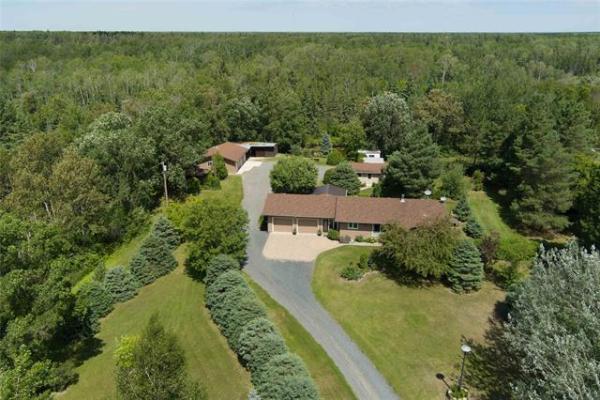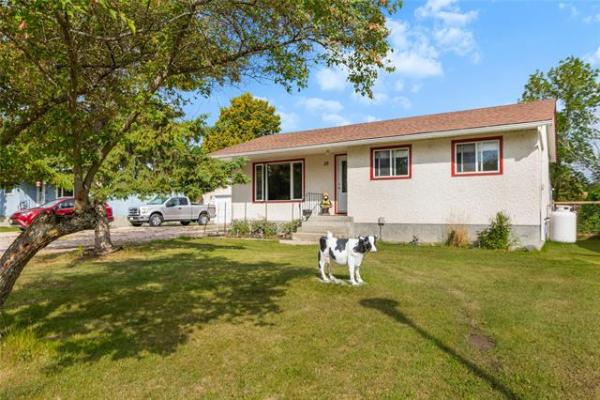There's been tremendous progress and innovation in making Manitoba new homes more environmentally friendly over the years.
Since 1990, Canada's total greenhouse-gas emissions have increased by 21.7 per cent and, at the end of 2006, stood 29 per cent above the Kyoto target. Canada is obligated to cut greenhouse-gas emissions to six per cent below 1990 levels by 2012.
During the same period, total GHG emissions from Canada's residential sector decreased by 8.5 per cent, despite a 28-per-cent growth in housing stock. Canada's residential housing sector is a GWG-reduction leader over this 16-year period, performing at a rate 40-per-cent better than most other industry sectors.
Since 1990, the number of households in Manitoba has increased by 13.2 per cent, yet the total amount of energy used in these homes is 11.2-per-cent less than in 1990. Although considerable credit must go to switching from natural gas and fuel oil to electricity, we must also acknowledge increased awareness of the consumer and more energy-efficient new homes. Manitoba's new home builders have long been in the forefront of energy-efficient technology, products and building practices.
Overall, the energy efficiency of Manitoba homes increased by 21.6 per cent between 1990 and 2006. Greenhouse gas emissions from Manitoba homes were reduced by 31.3 per cent over this same time period representing an average decrease in GHG per household of 40 per cent.
Almost all of these improvements came about because industry anticipated and responded to a need. These did not occur after the fact due to government legislation. If anything, legislation tends to follow the technological advances of industry being on the cutting edge and ensuring that all participants follow the same progressive proactive practices of the professional builders.
These sustainable practices will help Winnipeg maintain a leadership role for the length of the Our Winnipeg plan and beyond.
Mike Moore is president of the Manitoba Home Builders' Association.



